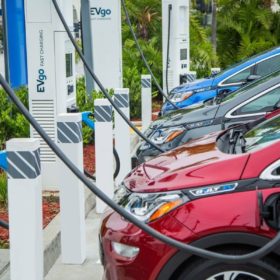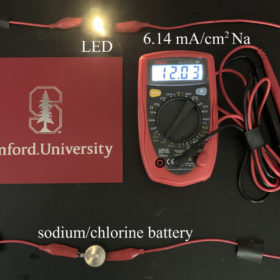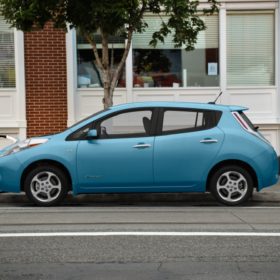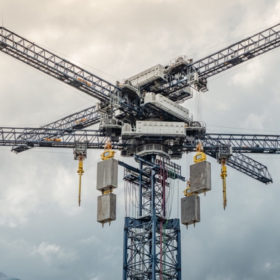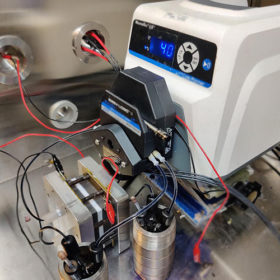How safe are smart EV chargers?
Research has uncovered critical security threats associated with a number of common smart electric-vehicle chargers, but it’s not too late or too logistically difficult to remedy the issues.
Designer bacteria for energy storage
A group of biologists in the United States working with a bacteria discovered a mechanism that could be used to convert electricity into biofuels or other useful substances. With better understanding of the genetics, the group says the mechanism could rival hydrogen for the storage of renewable energy.
Novel chemistry hybrid flow battery: non-aqueous, high-voltage, and crossover-free
Scientists in the United States claim to have created a crossover-free, high-voltage, non-aqueous hybrid flow battery with a novel chemistry for the solid sodium anode. The device has shown a high working voltage of around 2.6 V and a coulombic efficiency of 95.0%.
Measuring impacts on solar performance, whatever the weather
Scientists in the United States used machine learning to analyse maintenance reports, performance data and weather records from more than 800 solar farms located across the country. The analysis allowed them to determine which weather conditions have the biggest impact on PV generation, and to suggest the most effective ways to boost the resilience of PV installations to extreme weather events.
Storing wind, solar power with silica sands
NREL researchers developed a system that uses heated silica particles for thermal energy storage. The baseline technology is designed for a storage capacity of up to 26,000 MWh and is claimed to have a cost of of between $2 and $4 per kWh.
New alkali metal-chlorine battery promises 6x energy density
Scientists in the U.S. discovered a promising new battery chemistry based on chlorine and table salt. Batteries based on this chemistry can achieve at least six times the energy density of today’s lithium-ion batteries, according to the group that created it. The prototype battery could already be suitable for small devices such as hearing aids, and with further work could be scaled up to larger applications.
US company using 3D printers to make solid-state battery tech for EVs
California-based Sakuú Corp. has started work on a 2.5 MWh per year pilot facility to produce 3D-printed solid-state battery tech.
Gravity-based renewable energy storage tower for grid-scale operations
Energy Vault secured US$100 million (AU$137 million) in Series C funding for its EVx tower, which stores gravitational potential energy for grid dispatch.
Redox flow battery retains more than 90% of capacity over 6,000 cycles via new catholyte
The battery was built with a new catholyte and a symmetry-breaking strategy, which consists of changing the symmetry of the redox-active organic molecules instead of using the common approach of attaching a hydrophilic functional group.
Spark accepts $5.2bn takeover bid from American consortium
Australian electricity network owner Spark Infrastructure has accepted a $5.2 billion takeover bid from a North American consortium led by private equity giant Kohlberg Kravis Roberts & Co.
